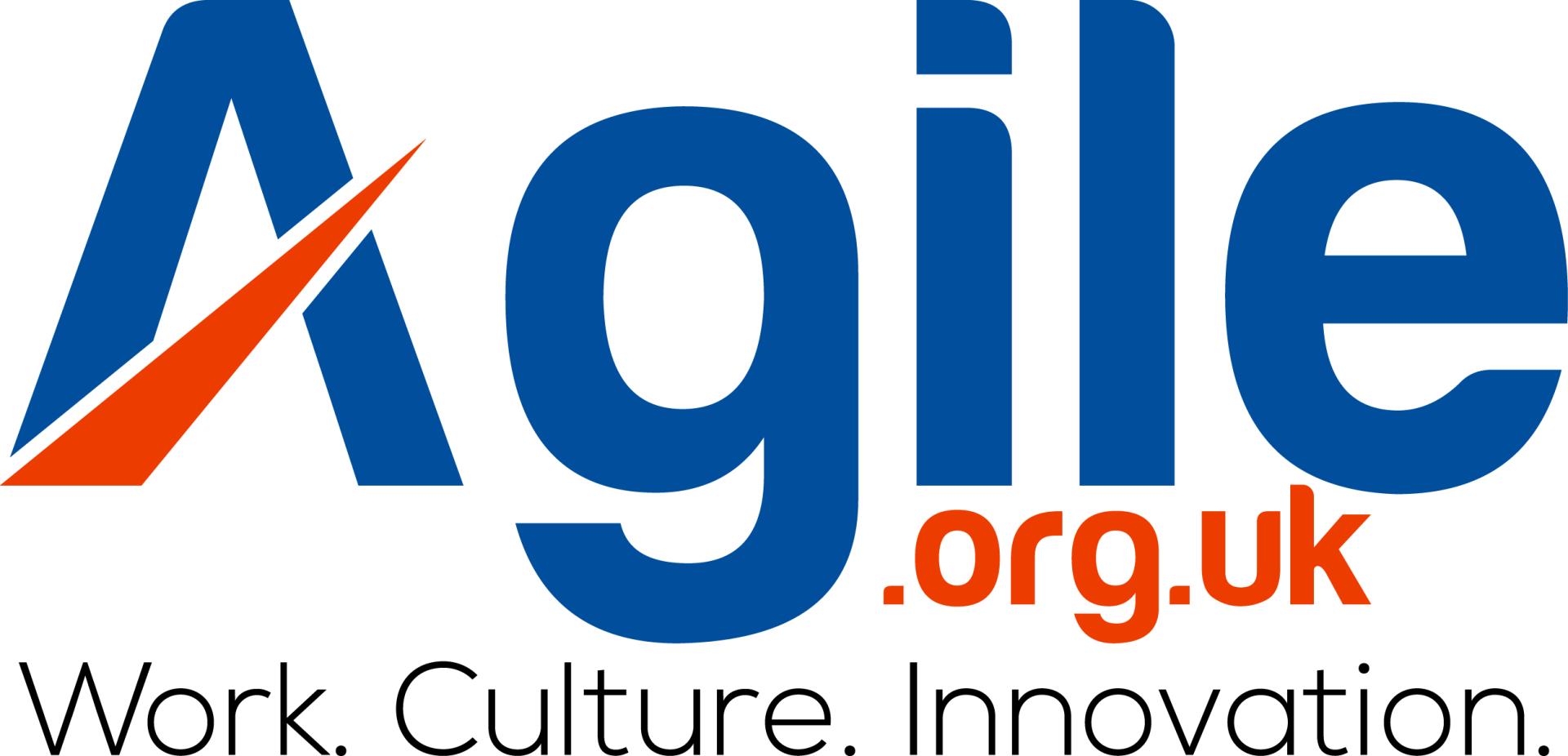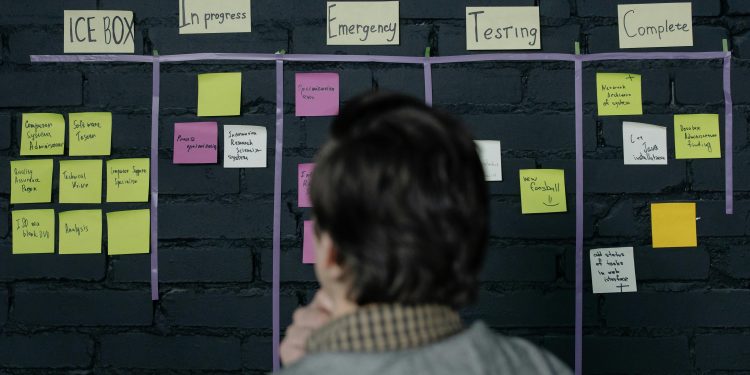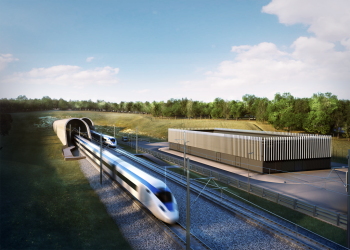In the last few years, there’s been what appears to be a pretty marked shift towards agile methodologies for many different kinds of workplaces and departments.
Whether it’s software development (the crucible of agile working!) or more unusual industries like catering or digital marketing, agile has helped countless businesses streamline their operations and become more flexible.
The world of facilities management is no stranger to agile working, either. Looking after physical spaces and equipment is one of the most important aspects of a business, and there’s no reason agile can’t have a place there too.
Here’s our look at how agile working practices can apply to the world of facilities management and how businesses can keep operations flowing with agile methodologies!
Agile is for pretty much every business
It’s important to state right off the bat that agile methodologies are for pretty much every business out there.
Whether you’re running the Drain Detectives London branch or working in high finance in the middle of the city, agility can help you to sharpen up your business practices and approach each challenge with a fresh state of mind.
That’s part of the reason that agile working practices are so well-suited for facilities management. They help to focus your mind on the task at hand rather than getting bogged down in details and bureaucracy.
With that in mind, let’s look at some of the specific ways agile methodologies can be applied to the world of facilities management, whatever facilities you happen to be managing!
Agile involves the customer or end user at all stages
The goal with agile working is to involve the customer, end user, or client at all stages of the process, ensuring they’re clued in and that they know what’s going on.
This is no different in the world of facilities management, except the client may well just happen to be someone within your business; your manager, say, or a senior in charge of operations.
Keeping other people within the business clued up on what’s happening to the facilities and equipment they deal with on a daily basis is a great way to ensure efficiency.
After all, if everyone knows what’s happening to their work premises and equipment at all times, they’ll be able to devise plans to work around those conditions, but if you keep them in the dark by using an old-school cloistered approach, they won’t thank you for it.
Facilities aren’t just physical
You might think that as a facilities manager, your work extends only to the physical space in which your office or workplace may be located.
Thanks to the way modern work happens, though – with initiatives like hybrid working still in place across much of the world – facilities management is a much more digital game than it used to be.
That’s where agile methodologies come in. You can manage facilities just like you would any other project; identify challenges and targets, move to address them, and keep the process streamlined along the way.
Equipment, too, is more likely to take the form of software suites and packages now than actual, physical objects, so managing the ways in which your team takes advantage of those suites for workflow could well be part of a facilities manager’s job.
Of course, we don’t need to explain to you how agile working helps with software; after all, agile was forged in the fires of software development!
Managing facilities is essential for hybrid work
We mentioned hybrid work just now, and it’s a fact that many employers and businesses are expecting their employees to make the trip into the office more frequently now.
As such, your job as a facilities manager has arguably never been more important than it is in this present moment. It’s up to you to make the office a welcoming, presentable space for employees to enjoy working in rather than simply tolerate.
Agile working can help you to do this. By implementing multiple design iterations, constantly revisiting your work and iterating on it to make sure it’s up to spec, you’ll be using the agile template to further your ambitions as a facilities manager.
Since many employees are used to working from home, creating an environment that feels like both an office and a living space is often critical for productivity.
Agility is also a great way to do this, since agile working revolves more around the needs of individual teams rather than stuffy, outdated management hierarchies.
Spaces should be spontaneous so that they can spark creativity among the workforce, and agile methodologies can help you to cut the chaff and the unnecessary bloat from a space so that it’s streamlined enough for your employees to immerse themselves in.
Agility helps with the environment, too
Agile working doesn’t just help your employees feel at home; it can also contribute to lessening your company’s environmental impact, a crucial factor as the conversation around climate change heats up.
Since agile working revolves mainly around nimble, flexible teams, you can change a team’s tasks or duties as soon as their previous task is finished, leaving no room for redundancy and excess.
What’s more, you’ll be involving the client at all times in your agile facilities management journey, so you can always ensure that a client knows what you’re doing and can change your process if it’s not satisfactory.
That applies to facilities management, too. By using agile methodologies, you can accurately and quickly examine redundancies and wastage in your workplace’s premises, cutting them back as soon as you see them.
With the increased responsibility that agile methodologies bestow upon facilities managers and their teams, you’ll have more power to get things done without constantly having to report issues to higher-ups and wait for a response, all the while being aware that there’s an inefficiency that needs fixing.
Conclusion
We hope we’ve successfully illustrated some of the many ways in which agile methodologies can help facilities managers take charge of the workplace.
Whether you’re managing physical premises or you’ve joined the digital revolution, facilities management can benefit hugely from agile methodologies. We’re evangelical about agile, and we hope you will be too!













